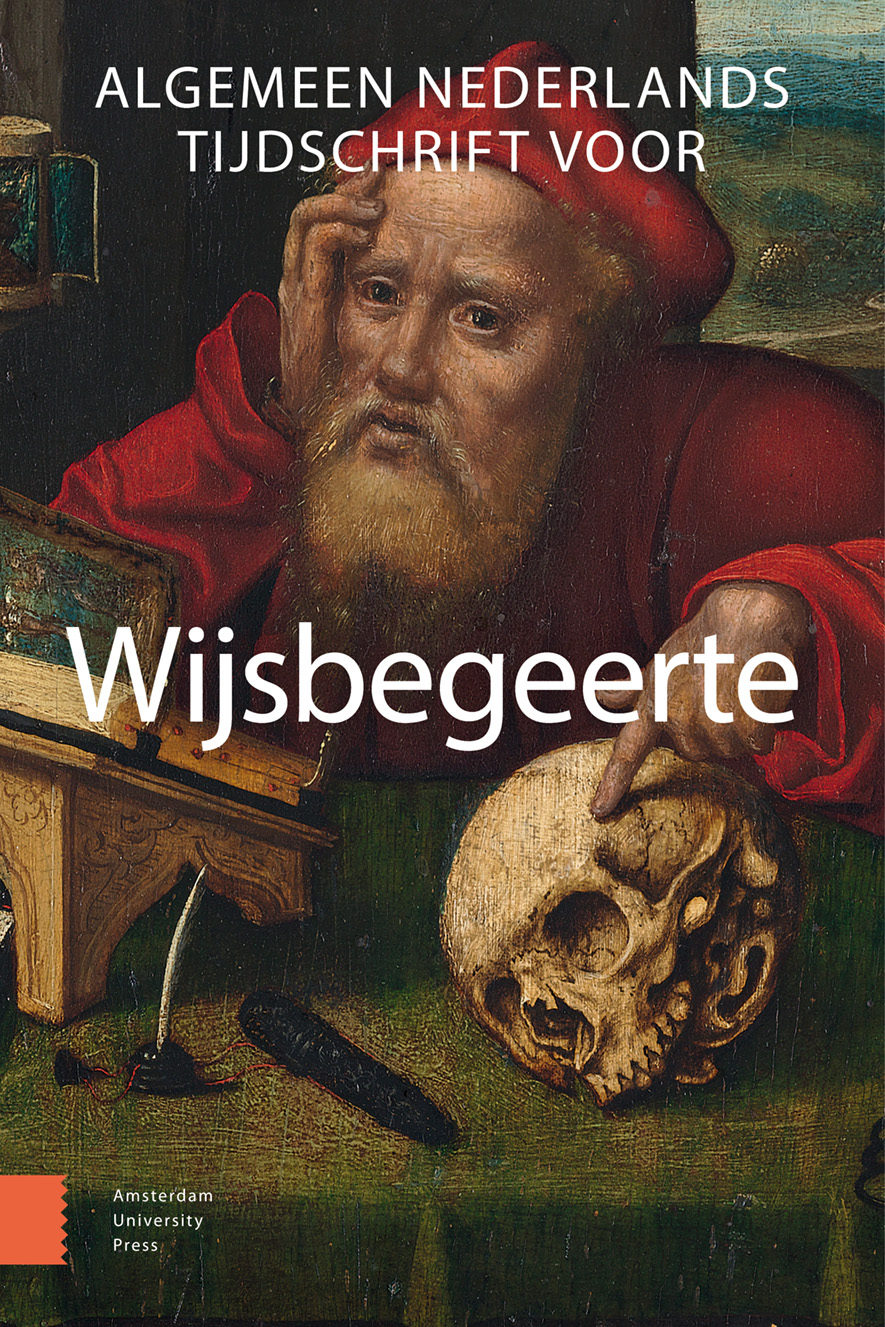-
oa Het biologische lichaam
Het lichaam als ding in postfenomenologisch perspectief
- Amsterdam University Press
- Source: Algemeen Nederlands Tijdschrift voor Wijsbegeerte, Volume 113, Issue 4, Dec 2021, p. 585 - 606
-
- 01 Jan 2022
- Previous Article
- Table of Contents
- Next Article
Abstract
The biological body: The body as thing in a postphenomenological perspective
In phenomenology the lived body (le corps vécu) is considered as the subject of reflection while the biological body (le corps objective) is destined for medical sciences. As an alternative I give a view on the basis of the philosophical anthropology of Helmuth Plessner who thinks a person as a subject to have a lived body (Leib) and a biological body (Körper) from an eccentric or third perspective (excentric positionality). A person experiences herself from that eccentric point of view as a lived body and at the same time as a biological and instrumental body. These two perceptions can only be characterized as a dual aspect (Doppelaspekt), and cannot be separated from each other. Plessner moreover considers the biological body as a thing among other things. I place this bodily thing in a postphenomenological perspective as worked out by Don Ihde and discuss the idea to consider it as a mediating thing between the person who has it and at the same time is it as a lived body in the world she lives in. I work out the effects on the person in case of organ transplantation or implantation of artefacts in the postphenomenological perspective of the embodiment and the hermeneutic relation. I conclude that from that perspective both relations appear to be too simple to elucidate what really takes place in a patient and suggest that in case of incorporation of organs or artefacts the postphenomenological mediating relations should be expanded to a triadic (semiotic) variant of mediating technologies that considers the biological body itself as mediating thing in order to encompass the whole of the human experiences including meaning.


